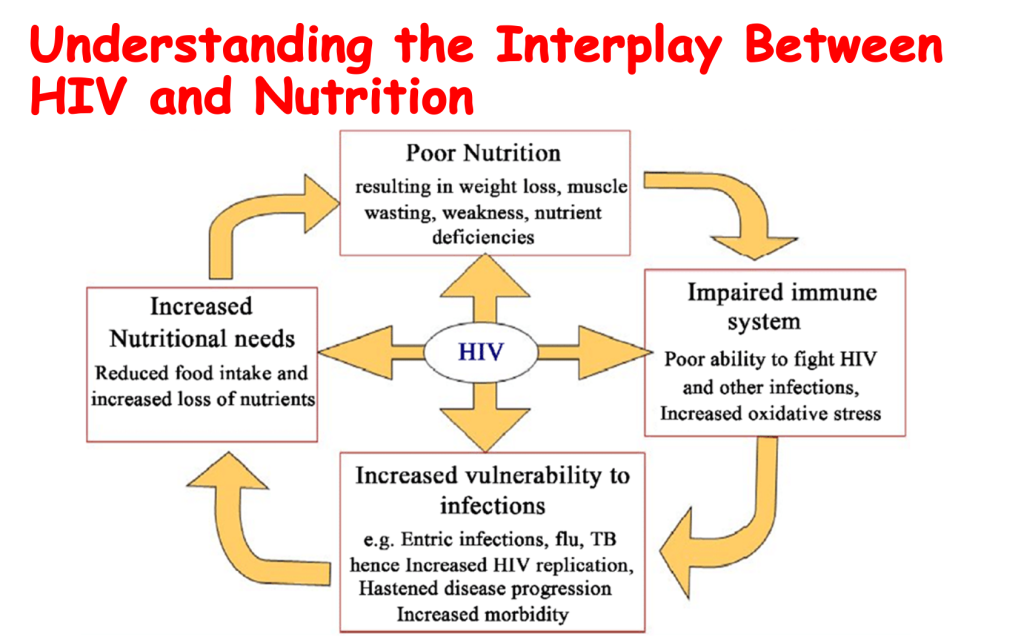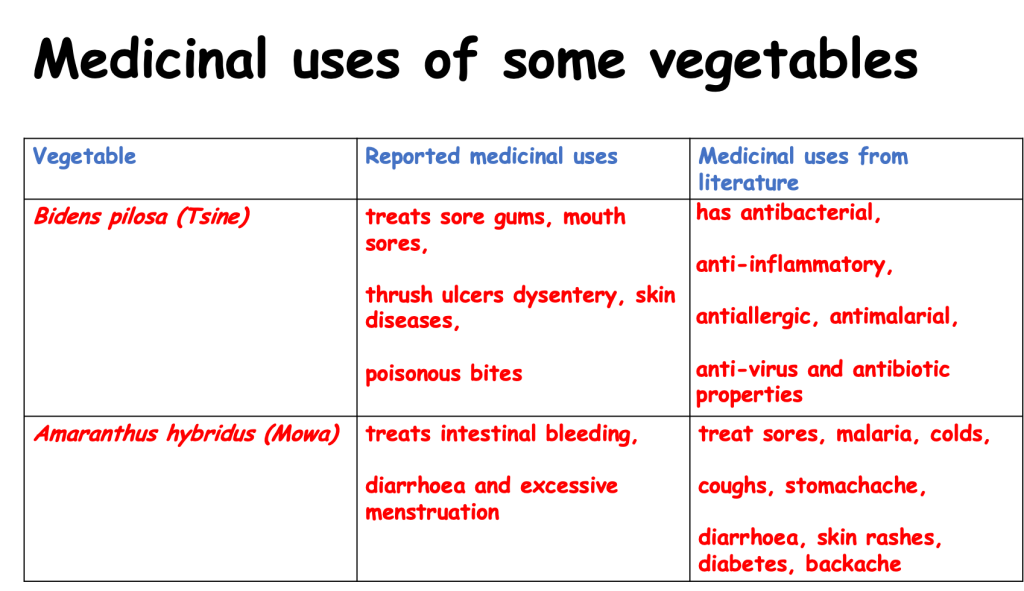
By John Cassim
Imagine living with HIV and having access to food, yet still suffering from under-nutrition. This condition, known as ‘hidden hunger,’ occurs when the quality of food consumed does not meet an individual’s essential nutrient requirements.
“Even though they are eating, they are not obtaining the crucial vitamins and minerals necessary for their growth and development,” explained Dr. Batsi Chipurura from the University of Zimbabwe’s Department of Nutrition, Dietetics, and Food Sciences.
Micronutrient deficiencies affect nearly two billion people worldwide. However, key micronutrients such as zinc, iron, copper, and vitamin C are abundant in wild fruits and vegetables.
During a recent media workshop in Chinhoyi organized by the National Aids Council (NAC), Dr. Chipurura emphasised the connection between nature and effective HIV treatment. He urged people to incorporate more indigenous foods, drawing upon the Indigenous Knowledge System (IKS).
Dr. Chipurura mentioned that a survey on the seasonal availability, usage, and preparation methods of edible plants identified 79 wild vegetables and 28 wild fruits cited by respondents.
Black jack (mutsine) topped the list of wild vegetables due to its exceptionally high nutritional value.
Black jack was found to contain 17.5mg of iron, 22mg of zinc, 10.6mg of copper, and a significant 70mg of vitamin C per 100g. In comparison, lettuce contains 2.5 mg of iron, 9mg of zinc, 5mg of copper, and 10mg of vitamin C per 100g.
The study also revealed that fruits like the baobab fruit (mawuyu) possess higher micronutrient values compared to bananas and peaches.
Consequently, Zimbabweans, including people living with HIV, are encouraged to adopt lifestyle changes by incorporating more wild vegetables and fruits into their diets.

HIV is known to interfere with the body’s ability to absorb nutrients, a common effect with many infections. This poor absorption can occur at any stage of HIV infection in both adults and children, leading to excessive nutrient loss.
“When there’s poor nutrition, we observe weight loss, muscle wasting, weakness, and a lack of essential nutrients in the diet. As I’ve stated, this is the link we want to break. We can intervene with our locally available foods, our fruits and vegetables,” Dr. Chipurura asserted.
He added, “People living with HIV (PLHIV) require individualized diets with increased caloric intake from balanced sources to maintain weight and prevent wasting due to their heightened metabolic demands.
Protein is vital for PLHIV to maintain muscle mass and support immune function. Good sources include lean meats, dairy, and legumes.
For sustained energy and fibre, PLHIV should consume complex carbohydrates while limiting simple sugars.”
Globally, approximately 795 million people lack sufficient food for a healthy and active life, representing about one in nine individuals.
The vast majority of the world’s hungry population resides in developing countries, where 12.9 percent are undernourished.

Sub-Saharan Africa has the highest prevalence of hunger, with one in four people being undernourished, despite being a region rich in wild fruits and vegetables due to its favourable climatic conditions.
An estimated 250 million preschool children suffer from vitamin A deficiency, and it is likely that a significant proportion of pregnant women in these areas are also vitamin A deficient.
Furthermore, two billion people – over 30% of the world’s population – are anaemic, often due to iron deficiency. Zinc deficiency is reported to cause more than 400,000 child deaths each year.
An estimated 17.3% of the global population is at risk of inadequate zinc intake.
This study evokes memories of centres like Mashambanzou in Waterfalls, Harare. In the pre-antiretroviral therapy era, people living with HIV often prolonged their lives through strict nutritional therapy.
